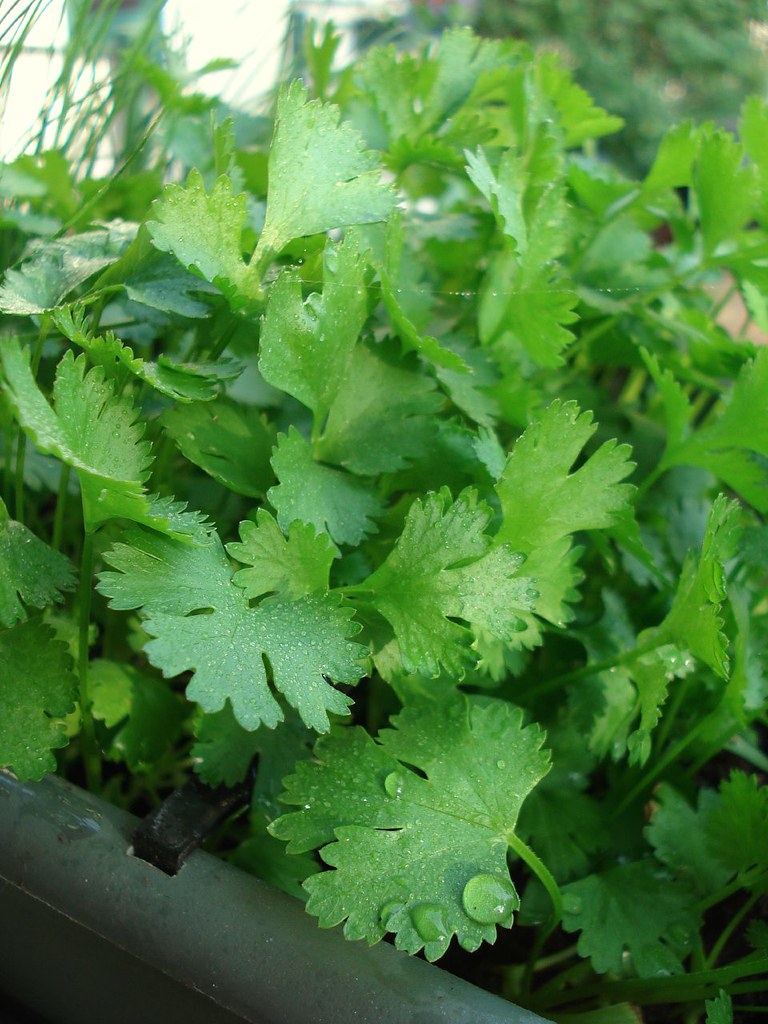Let’s dive into the seemingly paradoxical world where spending $1000 on redwood to construct planter boxes for what will ultimately yield $14 worth of vegetables makes perfect, delightful sense. At first glance, the economics of it all might seem bewildering. After all, why pour so much money, water, soil amendments, and labor into a project with such a modest return? The answer, as any home gardening aficionado will tell you, is simple: homegrown tomatoes. There’s just something incomparable about them. They embody the essence of summer, of care, of a connection to the very soil we live on.
The context in which this lavish investment is made highlights a broader gardening dilemma: the choice between planting in the ground, opting for raised beds, or even pots. Each method comes with its own set of advantages and disadvantages, adding layers of complexity to what might initially seem like a straightforward hobby. Planting directly in the ground, for instance, might be the path of least resistance for those blessed with rich, well-draining soil. Yet, for many, combating compacted clay or sandy terrains by enriching them with organic matter is a labor of love that might not yield the desired results. In such cases, raised beds become a beacon of hope.
The allure of raised beds isn’t solely their aesthetic appeal or their promise of minimizing back-breaking weeding sessions. They represent a controlled environment where gardeners can curate the perfect soil mix, ensuring optimal growing conditions for their beloved plants. Cedar boards, renowned for their durability and resistance to rot, become the material of choice for these sanctuaries of growth. And while the upfront work and investment are considerable, the payoff in terms of reduced maintenance and higher quality yields is undeniable.
Even with raised beds, the commitment doesn’t end once the last nail is hammered in. Regular soil amendments are necessary to sustain the lush growth that first year’s efforts promise. This cycle of renewal is emblematic of the gardening journey itself — a continuous process of nurturing and growth. And for those with spatial or sunlight limitations, the world of container gardening offers yet another avenue to pursue their passion. From the familiar potted tomato to the more adventurous container-grown zucchini or eggplant, the possibilities are as vast as they are exciting.
But as we contemplate the costs, both financial and in terms of effort, it’s crucial to remember the underlying motivation. Whether it’s the joy of sharing a meal featuring your own produce or the satisfaction of mastering a challenging hobby, the value derived from gardening transcends the monetary. It’s about the experience, the learning, and the personal fulfillment that comes from watching something grow under your care — something that’s beautifully illustrated by the decision to invest in those expensive tomatoes.
In essence, the garden becomes a reflection of the gardener’s values and aspirations. It’s a space where the fruits of labor are literal and the rewards, while perhaps not financially prudent, are rich in taste, satisfaction, and joy. As we navigate the complexities of soil types, watering schedules, and the myriad choices of what to plant, it’s this pursuit of a simpler, more connected way of living that guides us. And perhaps, in the end, that’s what makes those $1000 tomatoes worth every penny.
Navigating the world of raised planter boxes, much like setting sail in uncharted waters, requires a certain blend of audacity and meticulous planning. This intrepid journey into the realm of DIY gardening projects isn’t just about cultivating vegetables; it’s about nurturing a lifestyle that’s rooted in sustainability and self-sufficiency. So, buckle up, green thumbs and aspiring gardeners alike, as we delve into the creative and practical nuances of building your very own raised planter boxes.

The appeal of raised beds is control over the growing environment. They offer a blank canvas for crafting the perfect soil blend, ideal for thriving plants. This control is especially helpful for those dealing with poor soil conditions. By elevating the growing space, you avoid natural obstacles for a productive and enjoyable garden. Material choice, like cedar or redwood, is crucial for durability. Cedar is charming but costly, leading to creative and budget-friendly alternatives like cedar picket fence posts.
The design of your raised planter boxes is another realm ripe for innovation. Standard rectangular beds are just the beginning. Why not explore tiered planters for a dynamic garden layout, or perhaps L-shaped beds to maximize corner spaces? The possibilities are as boundless as your imagination, with each design offering unique benefits and challenges. But regardless of shape or size, ensuring adequate drainage and weed prevention is paramount. A layer of landscaping fabric at the bottom of your beds, complemented by a sturdy weed barrier, will safeguard your garden against unwanted guests and waterlogging woes.
Creating raised beds blends construction excitement with future harvest anticipation. Soil is vital—a nutrient-rich mix fuels your garden. Add straw, wood chips, or organics for drainage and microbe-friendly environments. This method boosts soil efficiency, forming a self-sustaining ecosystem.
Watering shifts from chore to meditative ritual. Hand-watering connects you to plants, witnessing growth. Self-watering systems merge efficiency with hands-on care. Building planters is a journey—process matters as much as outcome. Harvesting homegrown veggies brings joy beyond money. Cultivate with love and patience for true garden bounty.

Venturing into the world of raised planter boxes is an exploration of both your capabilities as a gardener and the limitless potential of a tiny seed. It’s a testament to the fact that, with a bit of ingenuity and a lot of love, you can transform simple materials into a thriving garden oasis. Whether it’s the crisp taste of a homegrown tomato or the lush green of basil leaves, the rewards of your labor are a reminder of the beauty and abundance that nature, when nurtured, generously offers.
Related posts:
Vegetable Garden in a Pot or Raised Bed or the Ground?
Easy and Inexpensive Wood Raised Planter Boxes for the Garden
How to Start a Garden on a Budget





